The Dannenröder Forest in central Germany, is known, affectionately, by those who are trying to protect it, as “Danni”. Danni is an old growth forest – whole sections of it have grown and evolved without direct human influence – but for the last four decades it has been threatened by the building of a new motorway which, if built, would cut this showpiece of sustainable forestry in half. This new motorway would lead to the fragmentation of the forest’s fragile ecosystems, the kind of fragmentation that has led to the rapid extinction of species in our lifetimes, and the rising perils of climate change.
To prevent the building of this motorway, protestors have taken to the trees of the forest itself, living for the past year in homemade treehouses, resisting eviction, and battling against the government. These events came to a head late last year when the government pressed ahead with the building of the motorway, brutally evicting the protestors and cutting down many trees.

In October 2020, photographer Joachim Mueller-Ruchholtz spent time among the activists of the Dannenröder Forest as they made their stand against the German government. Here he speaks to Benja and Glis (whose names have been changed to protect their identities) about their time in the forest…
Joachim: What’s it like to sleep in a treehouse for a year?
Benja: I don’t think words can do the experience justice. Waking up in a treetop just never gets old. To look out of your window and see the massive branches of oak trees covered in moss as they wind their way into the greenness of the forest… On the tree I lived in, we had hornets and wasps. Dormice were living in the insulation of our roof during the summertime, always making noise in the night and eating fruit that we left outside. Once I found a bat that had got stuck in a bucket on our balcony. It’s just really good to be outside all of the time, to be in the forest.
The first thing that I noticed was that you addressed each other as “Mensch” in conversation (German for human). I found this fascinating as it not only describes our condition but also is gender neutral. How did this come about?
Benja: It’s something that originated in queer communities and then among the wider left but it’s enriching to challenge the way we use language because if the words we use are inherently discriminatory or oppressive we need to rethink our use of words and come up with new ways of using language.
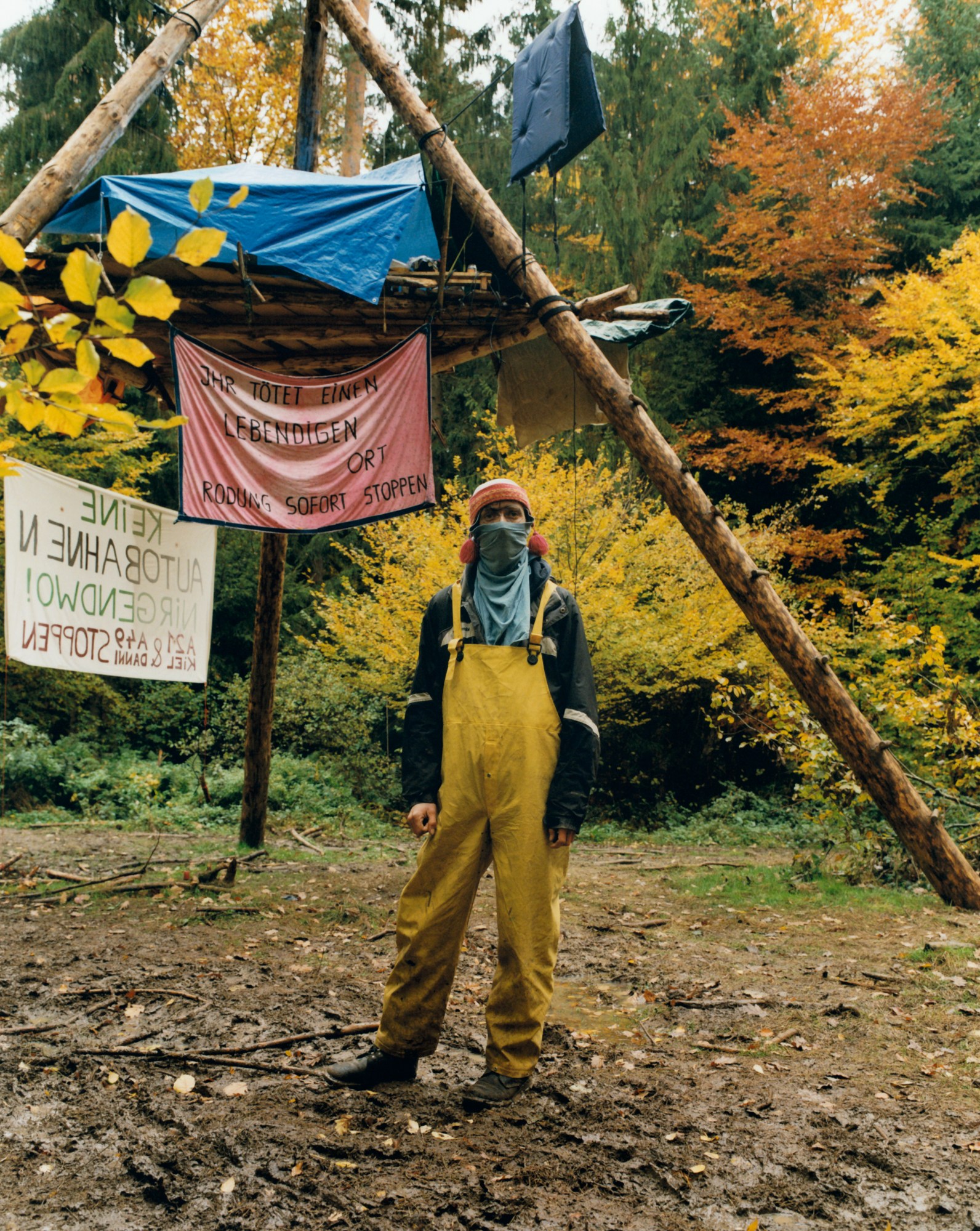
There isn’t an obvious leader of this movement. Can you tell us more about your way of democratic organisation?
Benja: One of the main ideals of our community is to dismantle and abolish hierarchies and power relations between genders, social classes, races… We try to question all forms of dominance and live based on our needs and abilities.
Glis: A lot of the ways people are living together in the forest are not based on normal rules. We are united by the basic principle of mutual respect. Meetings are open which means anyone can join, but also you are free not to join. One considerable factor in creating hierarchies is knowledge, whether that’s about climbing or construction or social skills, and so we share all our skills with each other. Everyday someone learns something new, whether that’s a new knot to tie rope with or a new word in a different language. I also noticed that most things you need are free and are organised through donations.
Benja: For a while we organised most of the food by dumpster diving, and then we reached a point where people started donating enough food for us to live off.
Glis: We put recycled solar panels from old buildings between trees to catch the sunlight. This enabled us to not only charge batteries for electric drills, but also to do public outreach. We even saved a printer and laptop from a dumpster and it was hooked up in one of the treehouses. Our connection to the outside world was realised with a radio link from a treetop to a city with internet access several miles outside of the forest, also powered by solar power. We connected treehouse villages over broadband radio links to provide WiFi to everyone in the forest.

It may be too simple a question but why you do it?
Benja: Because if we want to save our planet from being destroyed by greedy corporations we need to do more than just make our consumerism somewhat more sustainable. We feel the need to take our future into our own hands and not leave it to the so-called “Green Party” who puts profits of corporations over our lives. How far can one go? I feel like this movement has chosen a more or less very peaceful way of resistance.
Benja: The law in Germany makes it possible for civil disobedience to be a possible form of protest. Theoretically the police are bound to protect our right to remain physically unharmed. There is a law that when felling a tree there can be no persons within the length of three trees because of the risk that the tree might hit someone. But during the eviction this was ignored, they were felling trees as fast as possible with no regard for our physical safety. It is lucky that no one died due to the irresponsible actions of the police. Can you elaborate more on the strategies that are being used to occupy the forest?
Benja: Basically, the idea is to connect trees with ropes to make it as hard as possible for the cops and their machines to evict us. Glis: Often people take a calculated risk in placing or connecting their bodies to constructions that are blocking access roads to areas which are subject to clearing or constructions directly connected to trees. There are numerous ways to do so with a long-standing history of techniques and tactics of direct action from environmental movements. If a person’s life is at risk, forest destruction works cannot be continued until the person has been removed.
Benja: Some people also lock themselves to a tree, so the lock has to be opened first. That usually takes some hours. Or people climb on machines, so they first have to be removed by special forces for the machine to be able to continue its work. All these things are done to slow down the cutting works as much as possible. Aside from the struggle that we see now – of the activists being evicted, dragged out of the forest and the treehouses destroyed – I’m sure there was a time when you must have felt like everything was possible. Can you tell me about the times that made you happy?
Benja: Climbing up the rope every evening, dangling for a while and studying the bark. Arriving at the platform and taking in the view. Our tree was on a hill so we could see quite far. Being in the treehouse when it’s stormy is one of my favourite experiences, feeling the treehouse swaying gently and then suddenly with gusts of wind. I liked to imagine that I was on a boat being softly tossed around by waves. A few days before we got evicted, it snowed, and despite knowing that all this would be destroyed very soon, I remember being filled with joy looking at the stars at night with only a few metres of branches above me framing the view.

How do you change when you live surrounded by the forest as a living and breathing entity that is on the verge of getting destroyed by other humans?
Benja: Our treehouse was in the middle of the proposed motorway. They started evicting and cutting down trees on either end of the forest and because we were in the middle we were the last section left. I saw most of the forest being destroyed before it was our turn. And yet, I wasn‘t prepared for the destruction of the place that had been a home to me and so many people for more than a year. Even though I knew that this was going to happen – because it had been fixed since the court case in June – and even when most of the proposed highway had already been cut down, there was always this tiny part of me that believed there might still be something that could stop this madness. Even though the last weeks were very stressful I am glad I was there, because they cannot take away all the memories and the love, the rage and the strength this project has given us.
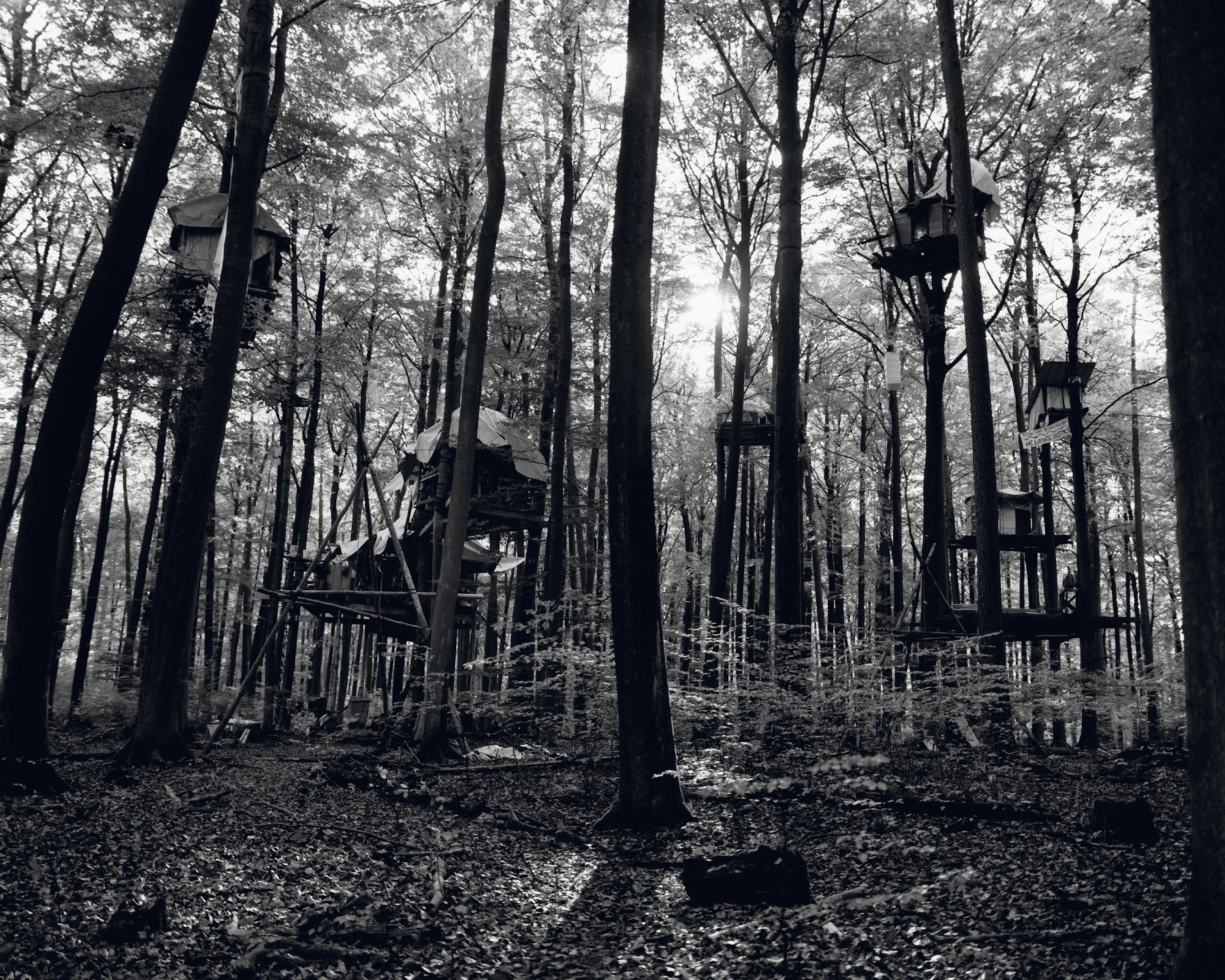
“A few days before we got evicted, it snowed, and despite knowing that all this would be destroyed very soon, I remember being filled with joy. Looking at the stars at night with only a few metres of branches above me framing the view.” Benja
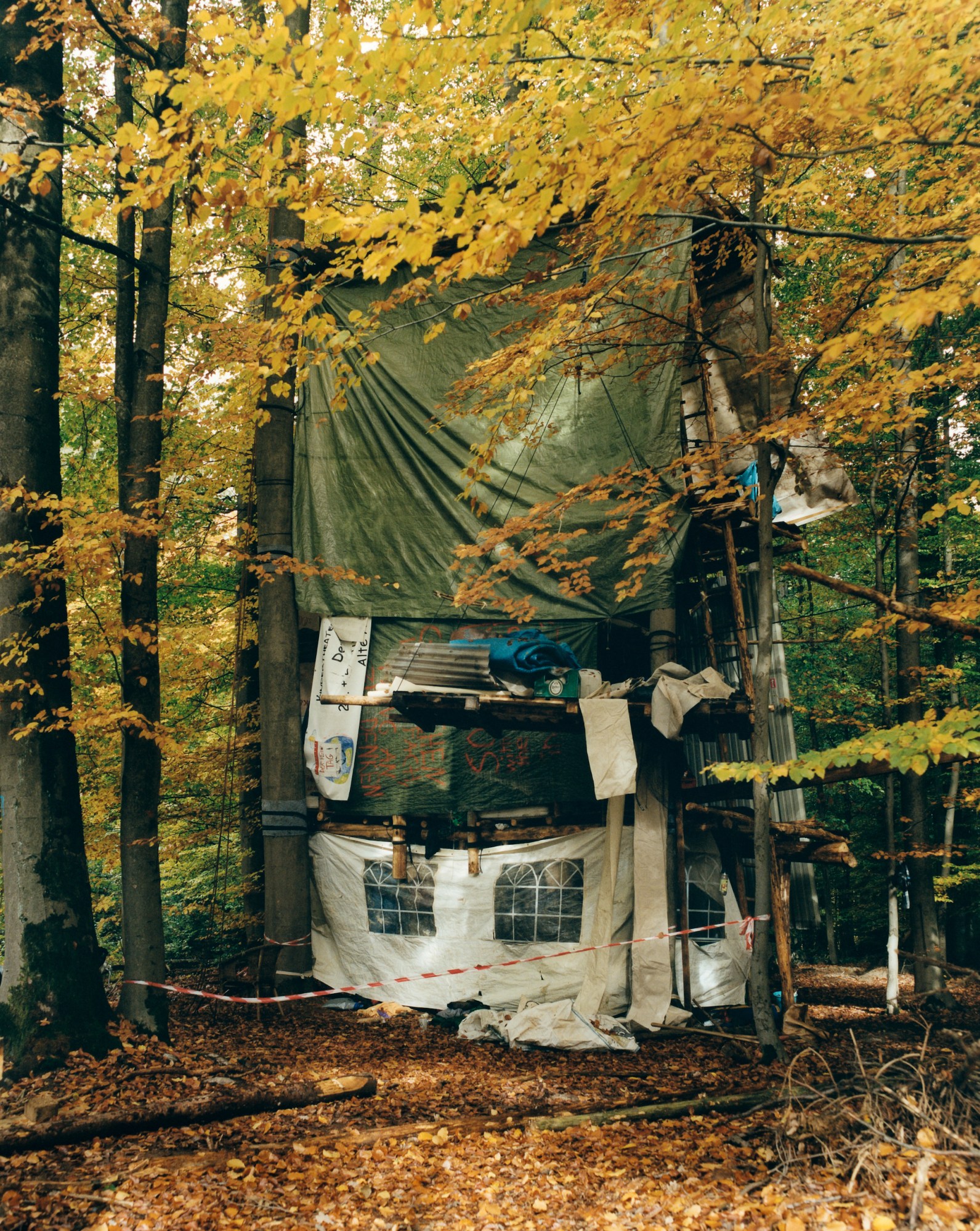
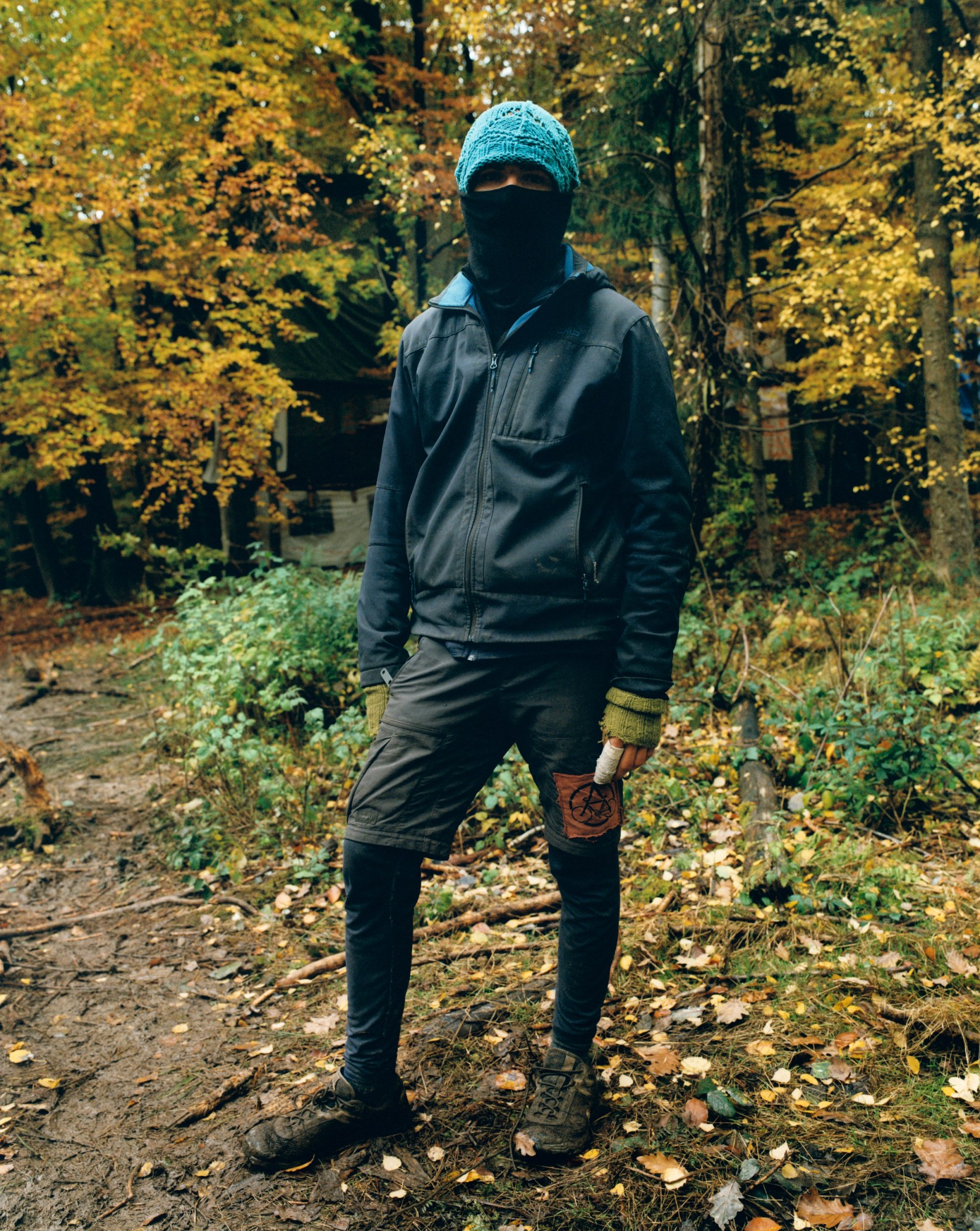
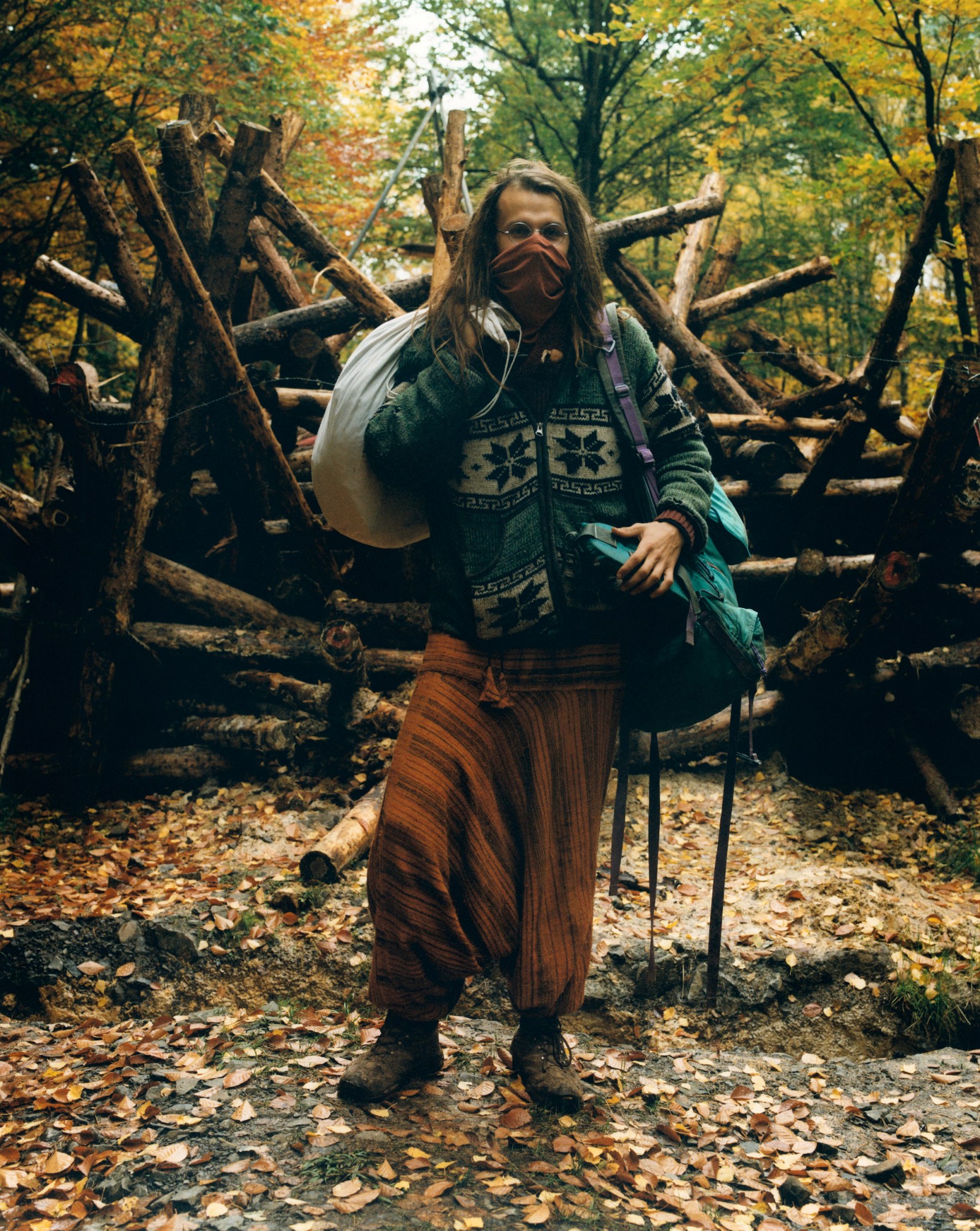
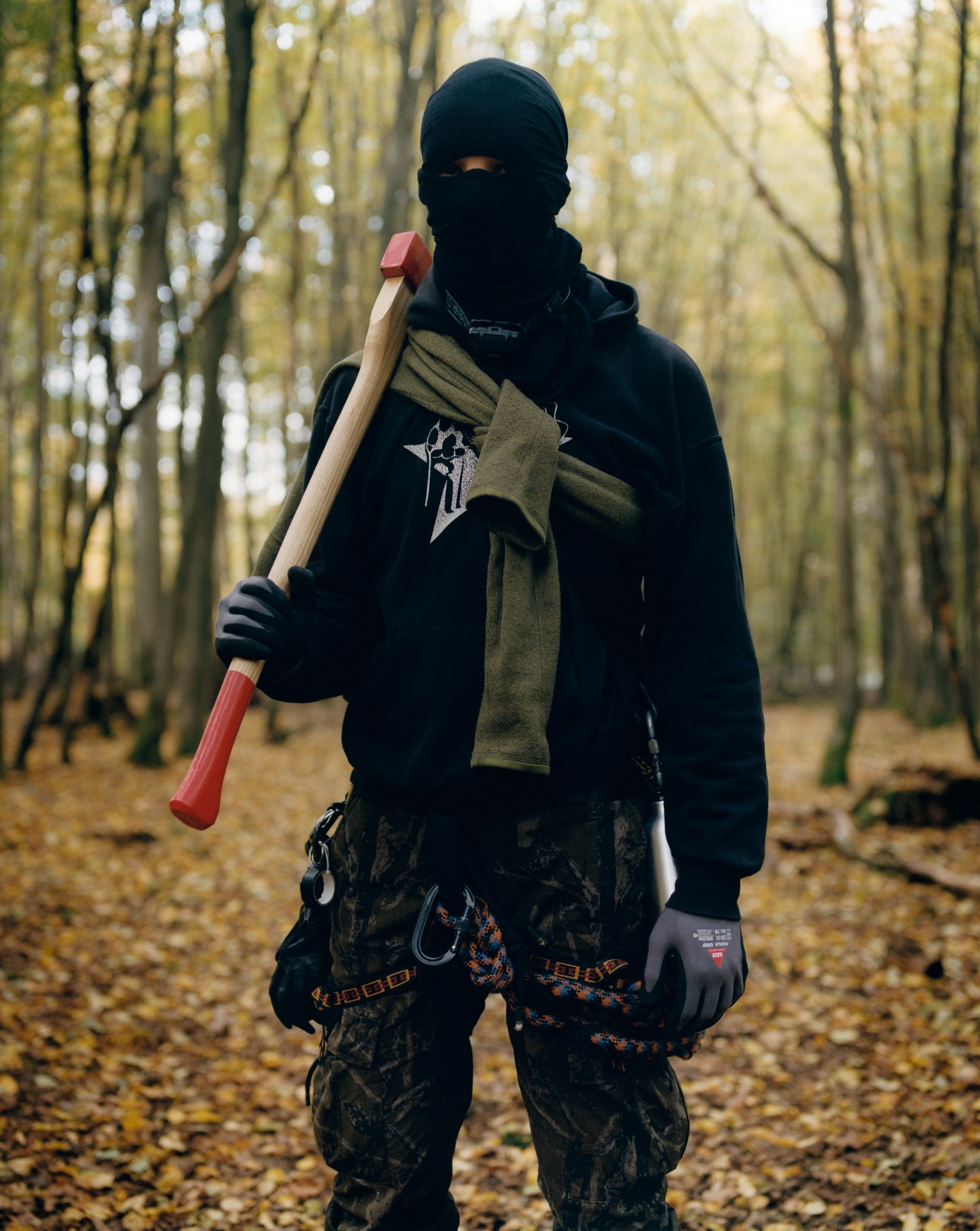
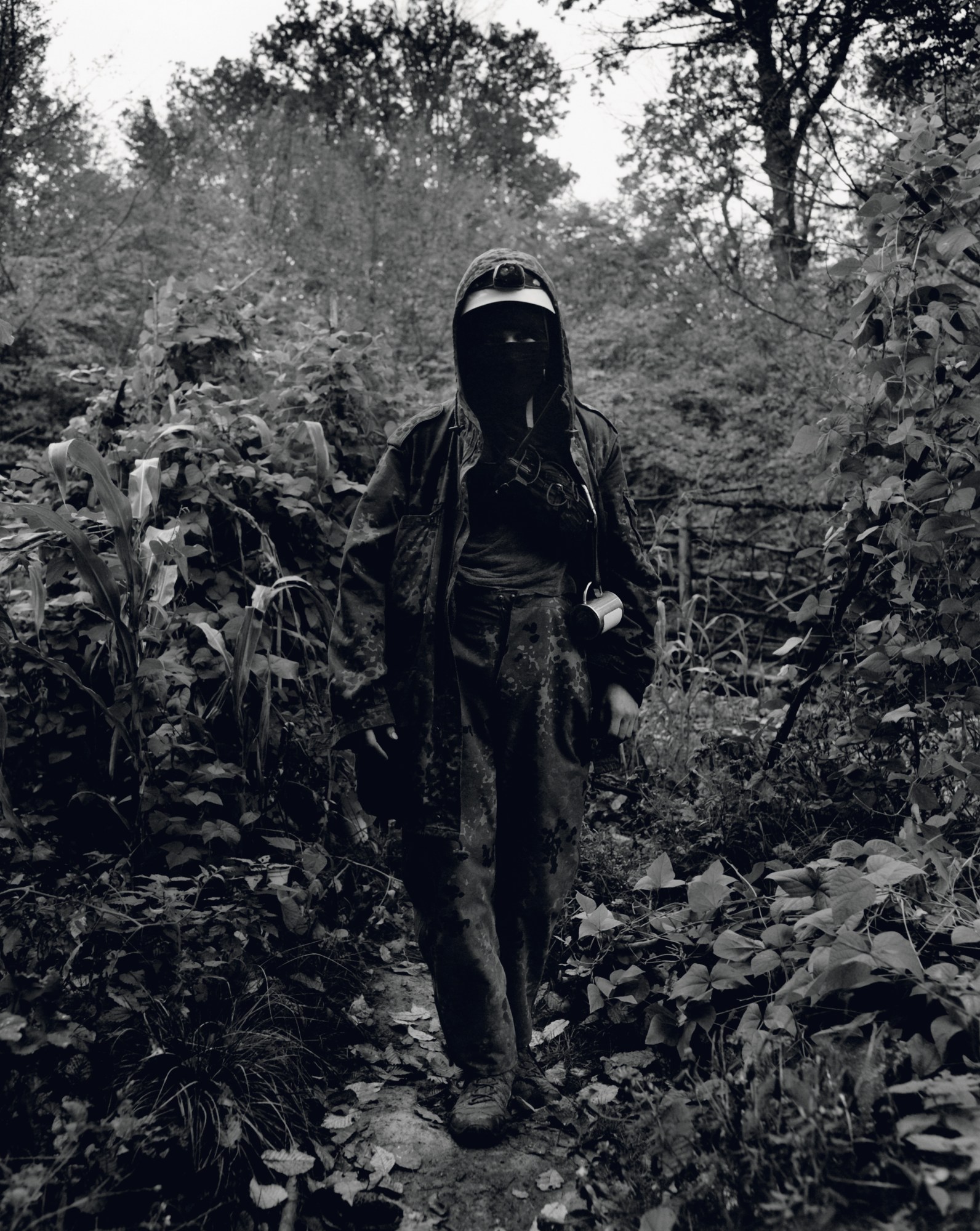

Credits
Photography Joachim Mueller-Ruchholtz
Post production & Print Inhouse at Studio JMR.
Special thanks to Rapid Eye London and Hempstead May for their continuous support, Infopoint at Wald Statt Asphalt / Dannenrod and to the many activists who trusted me Benja and Glis, Greif, who supported me through the days, Sarisom, Ast, Navi, Oak, Falafel, Julian, Maxim, Kommissar, Schni Schnu, Fin, Jojo, Klee, Killian, Ingwer, Blume, Valentin, Anders and Sky.
